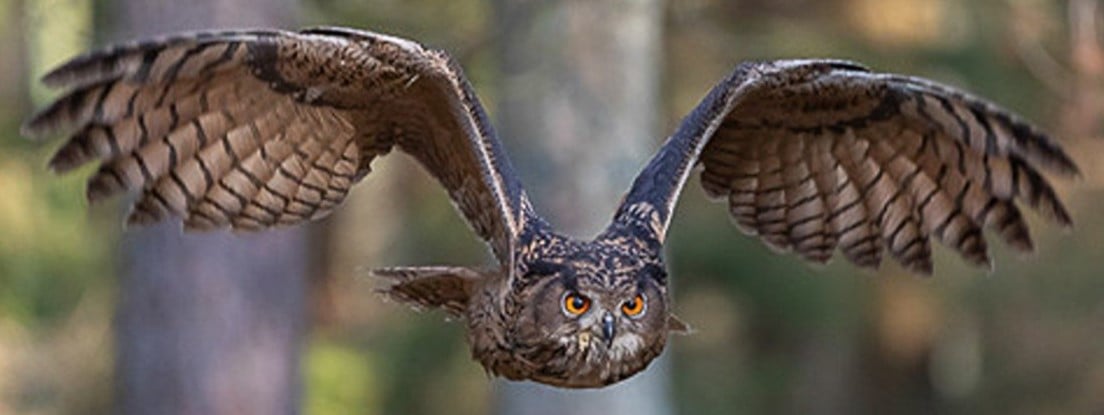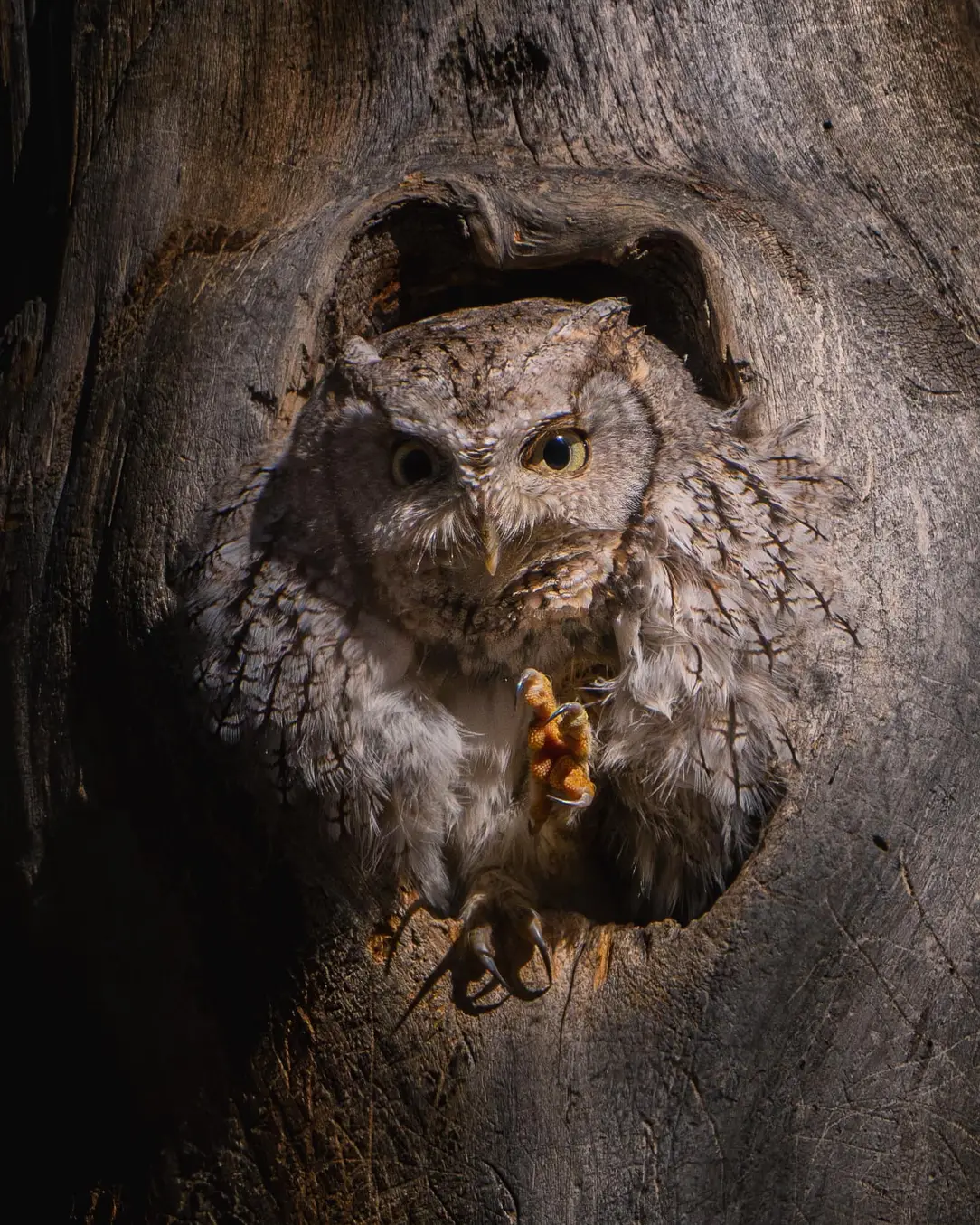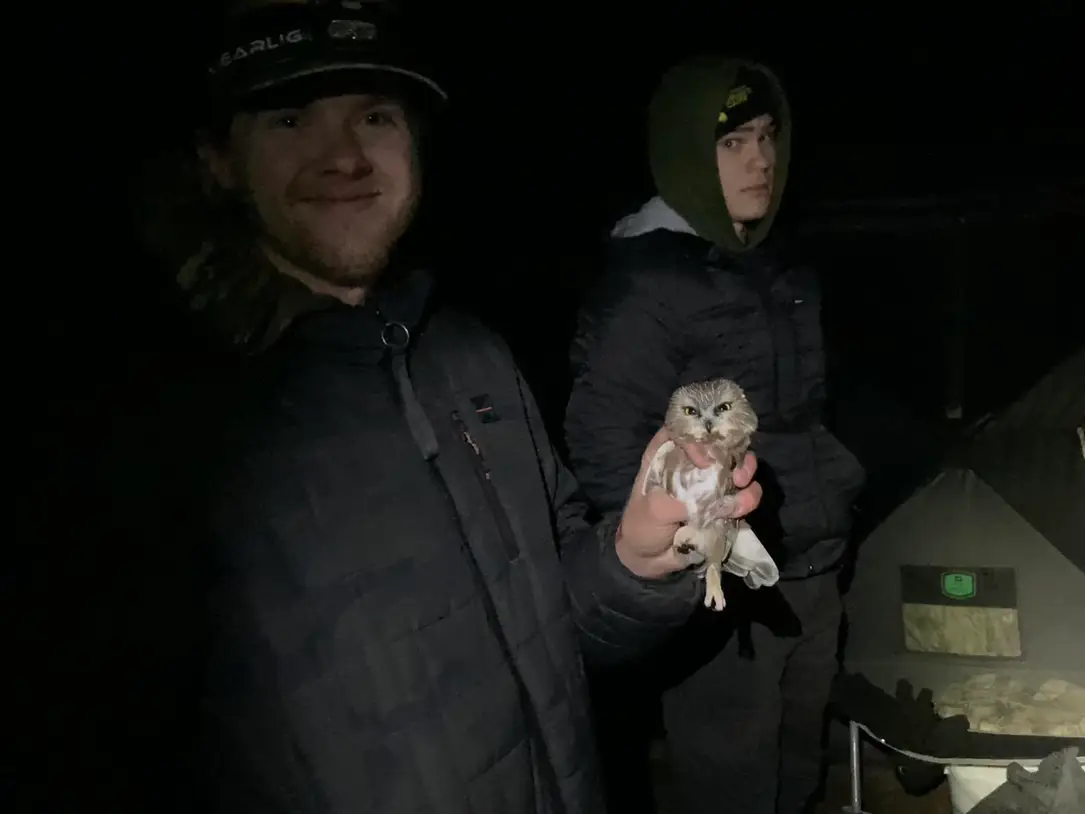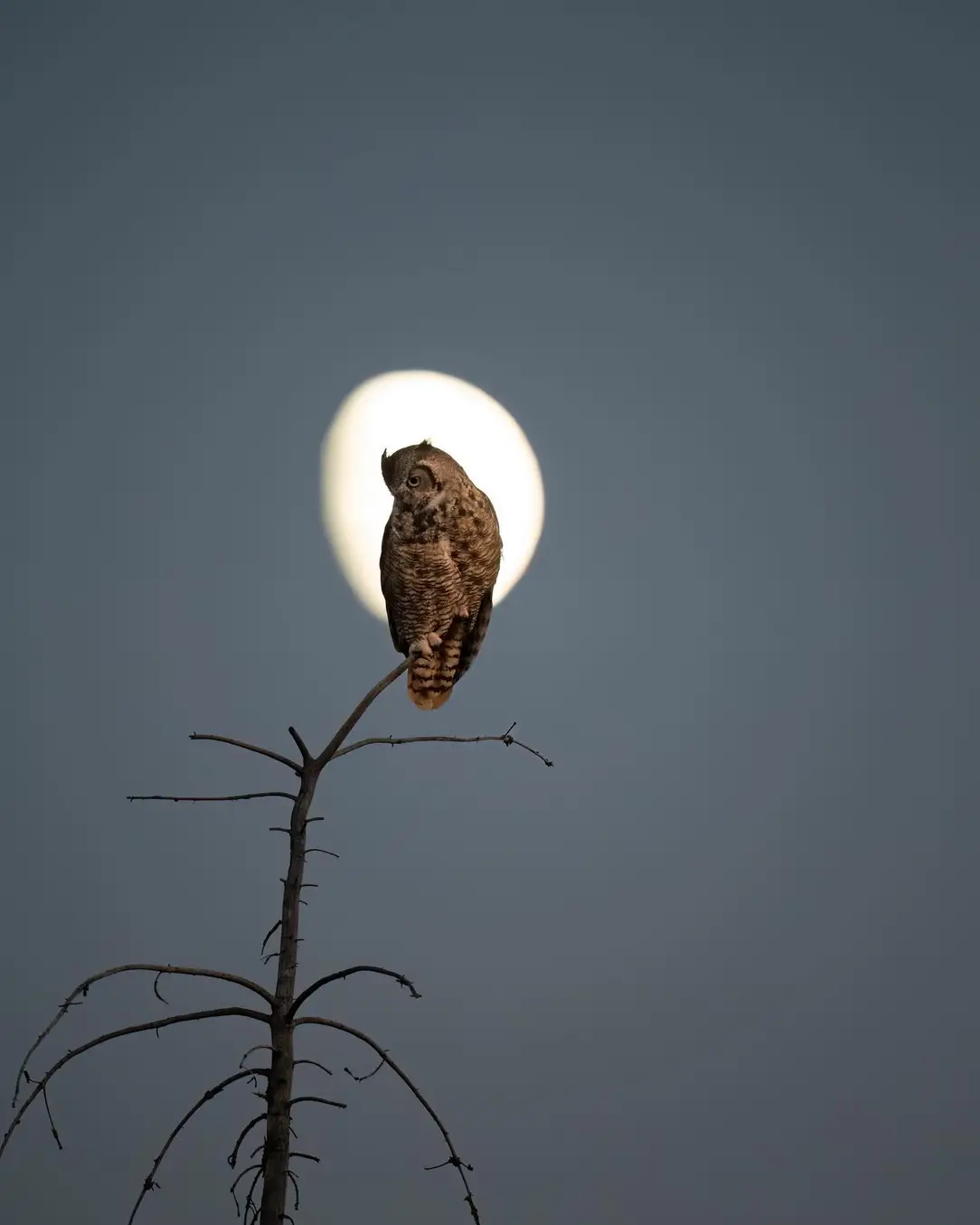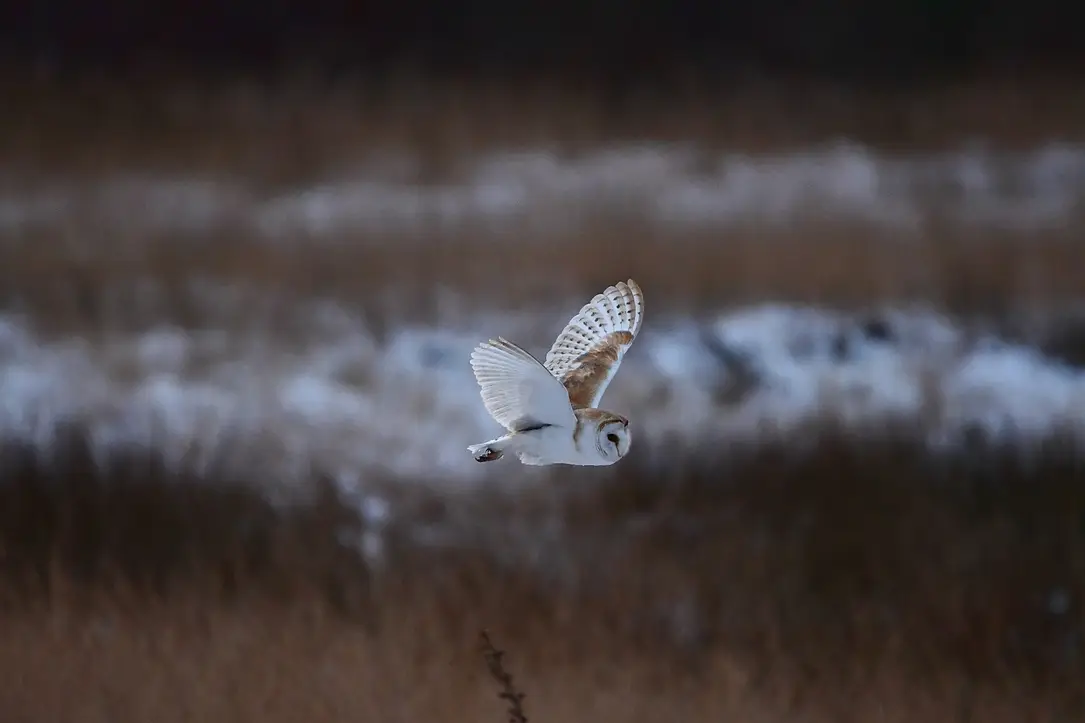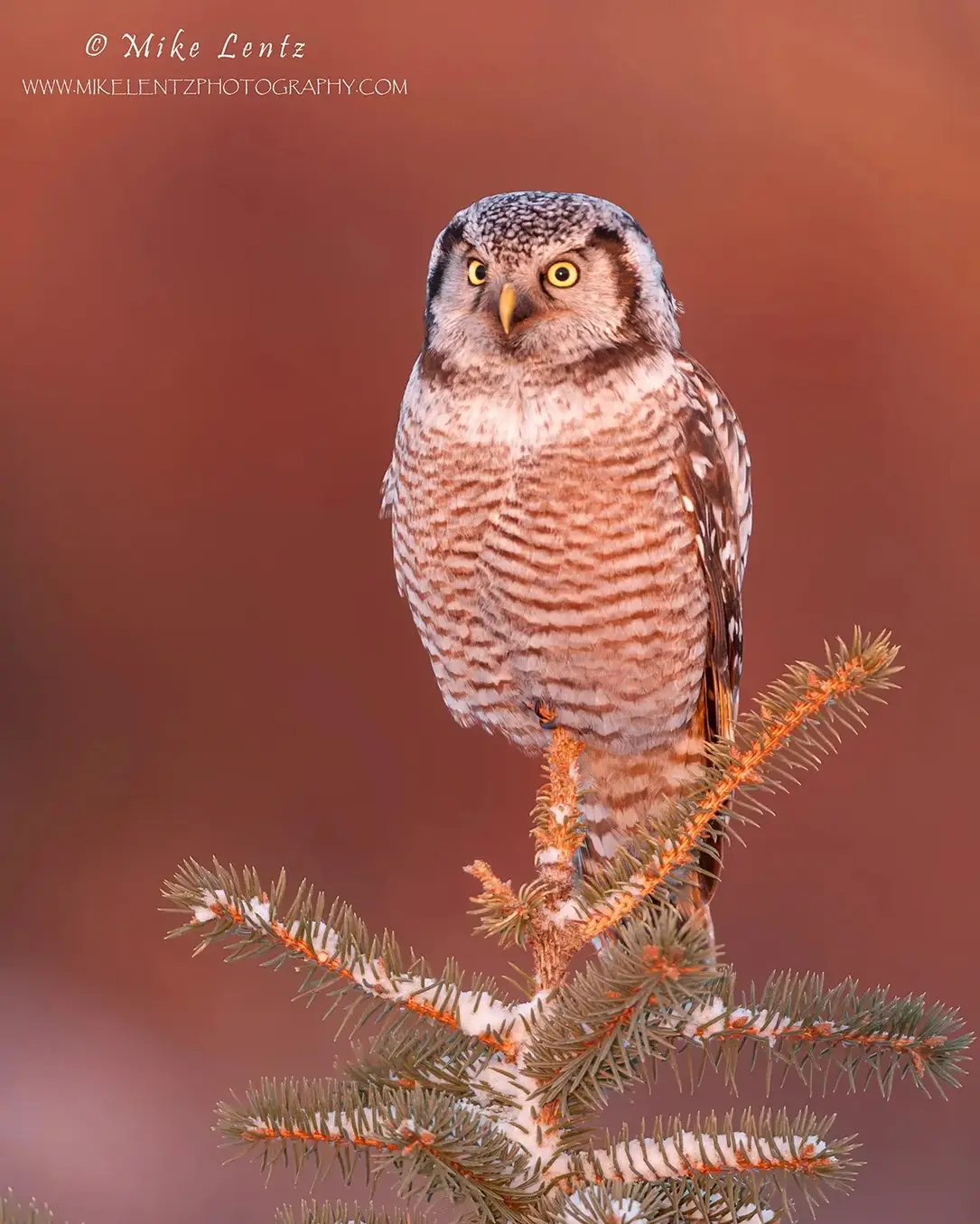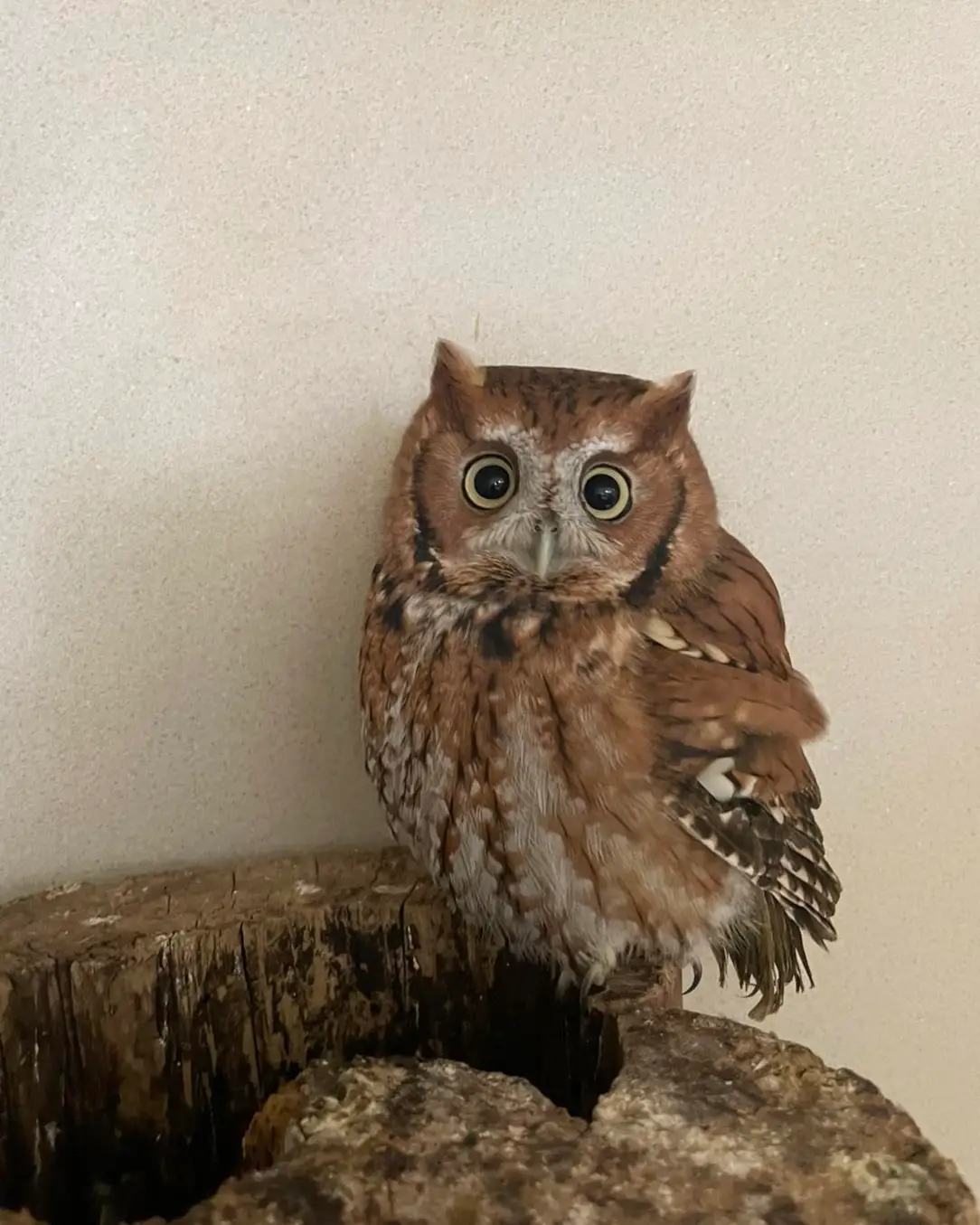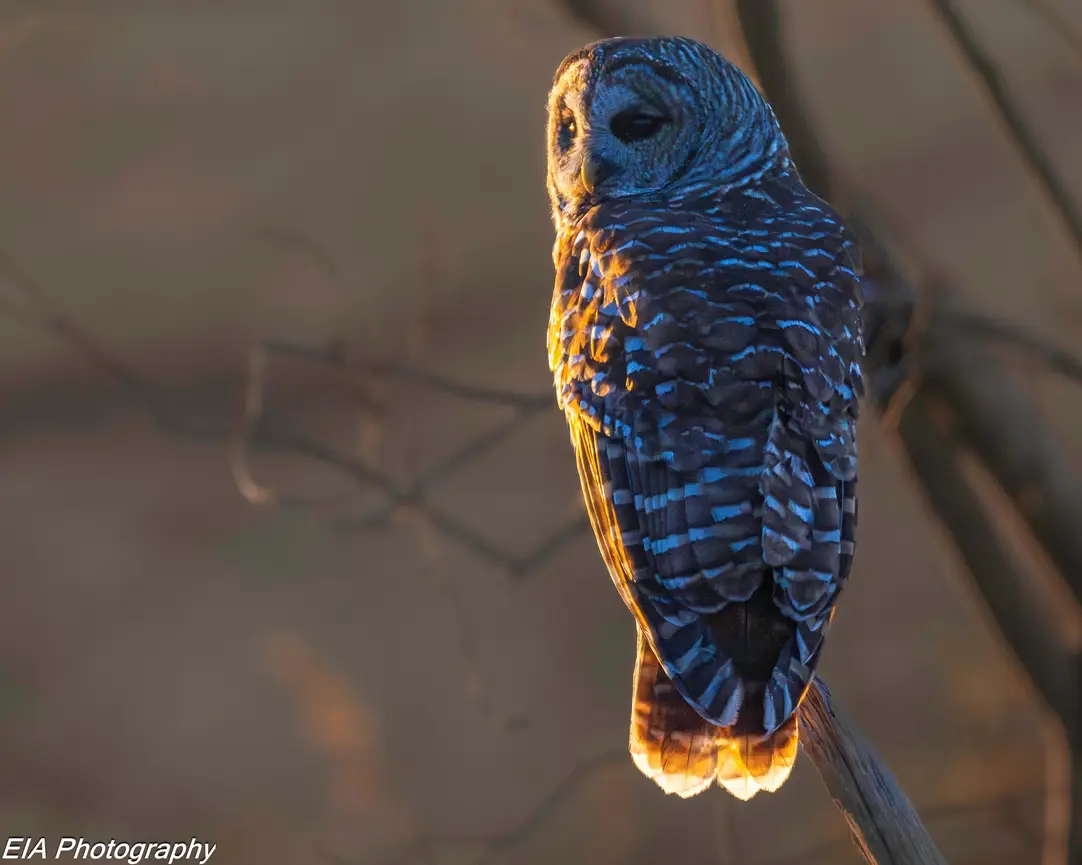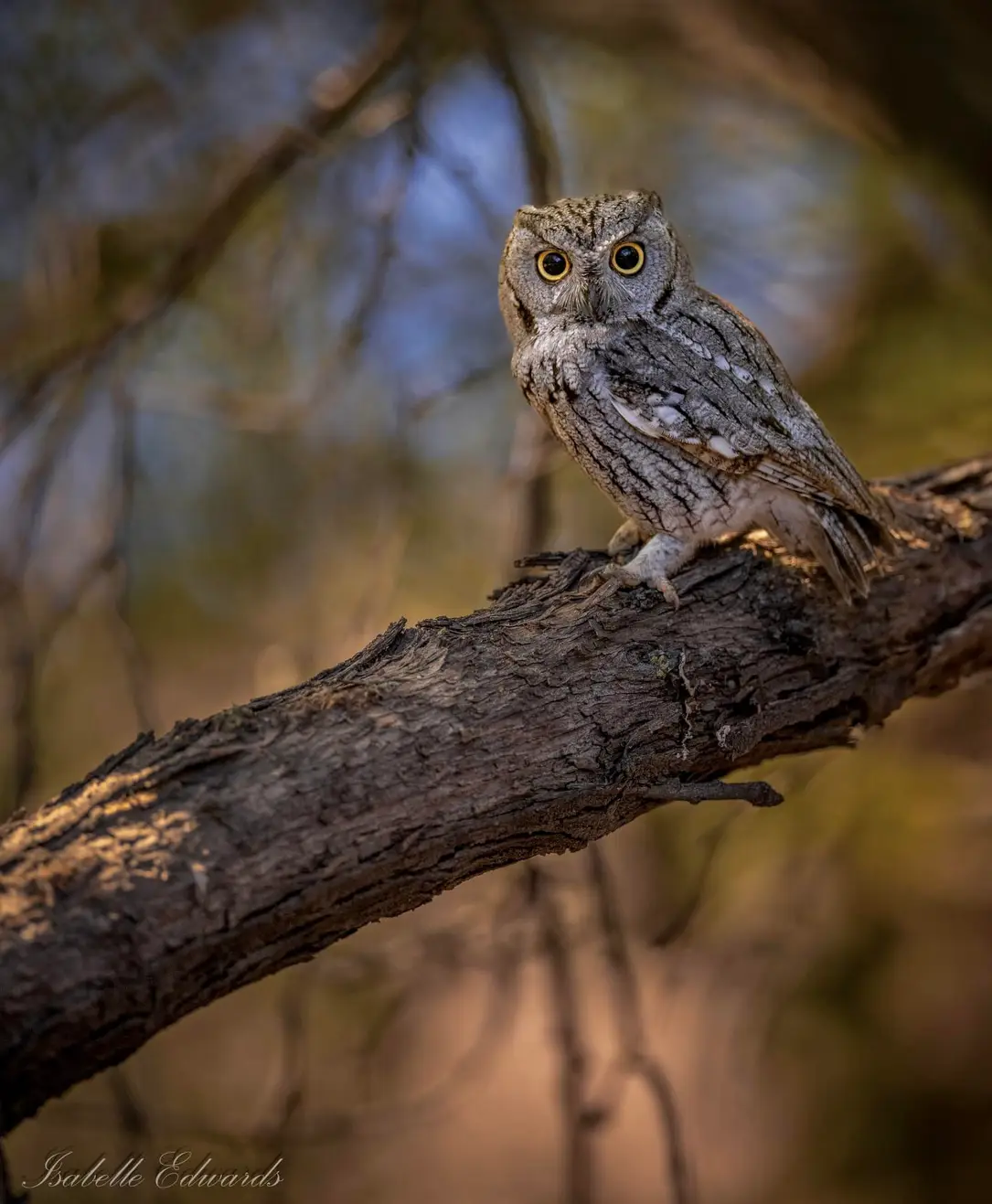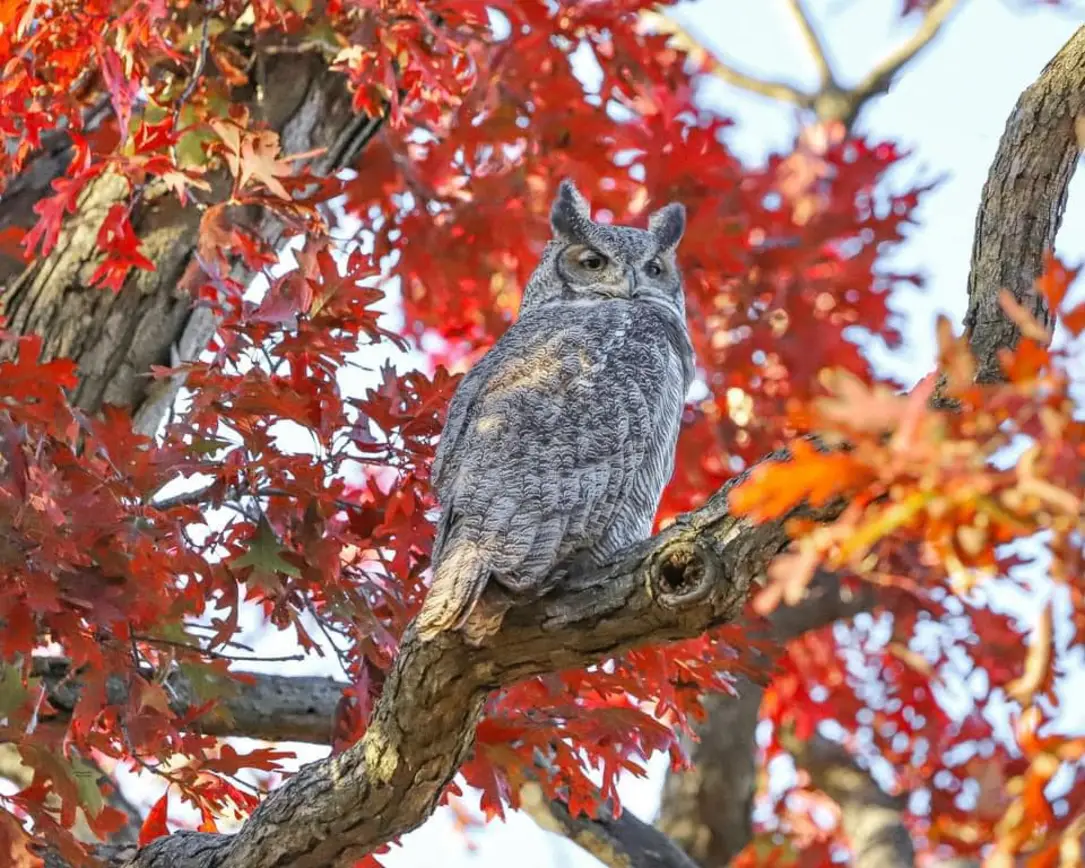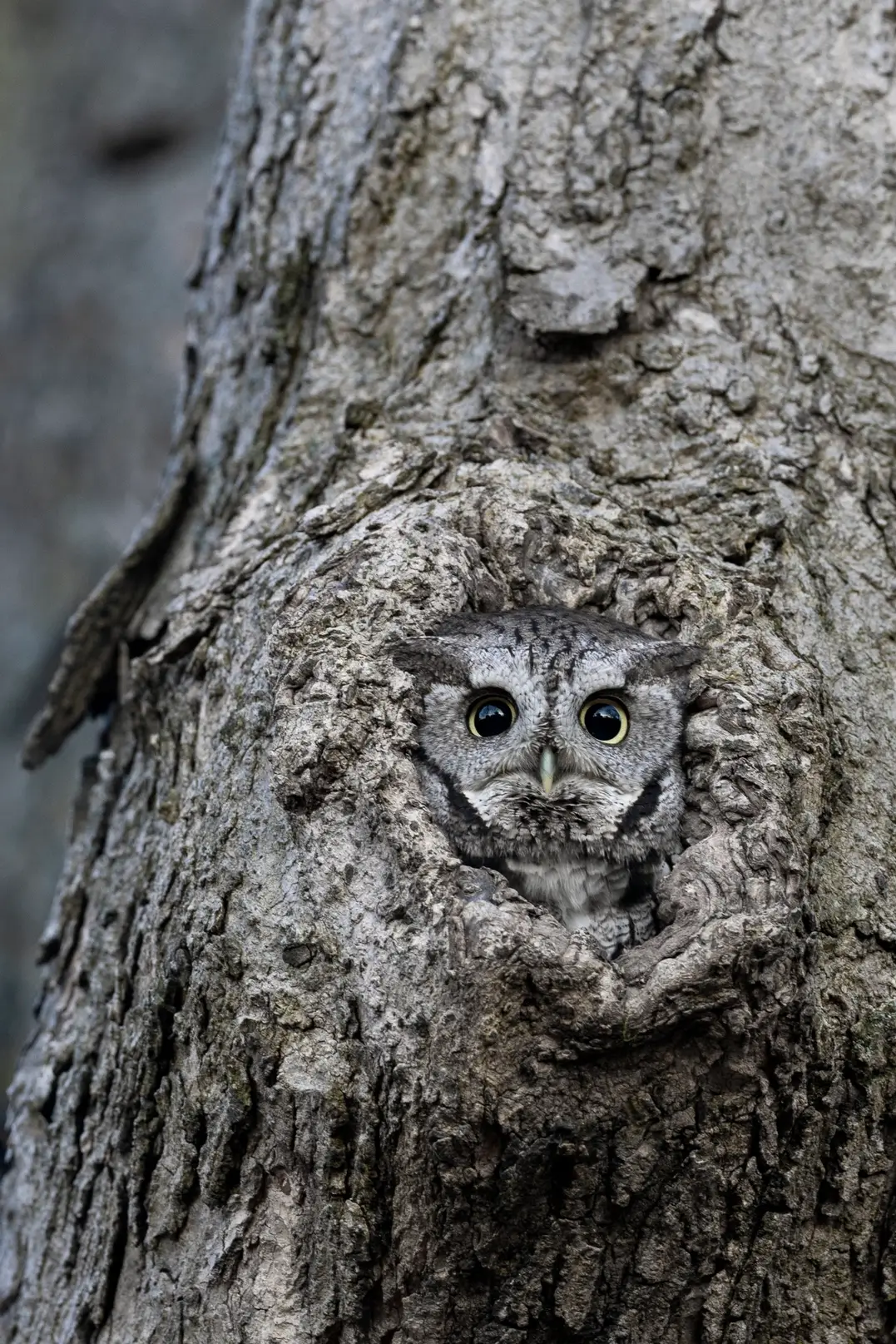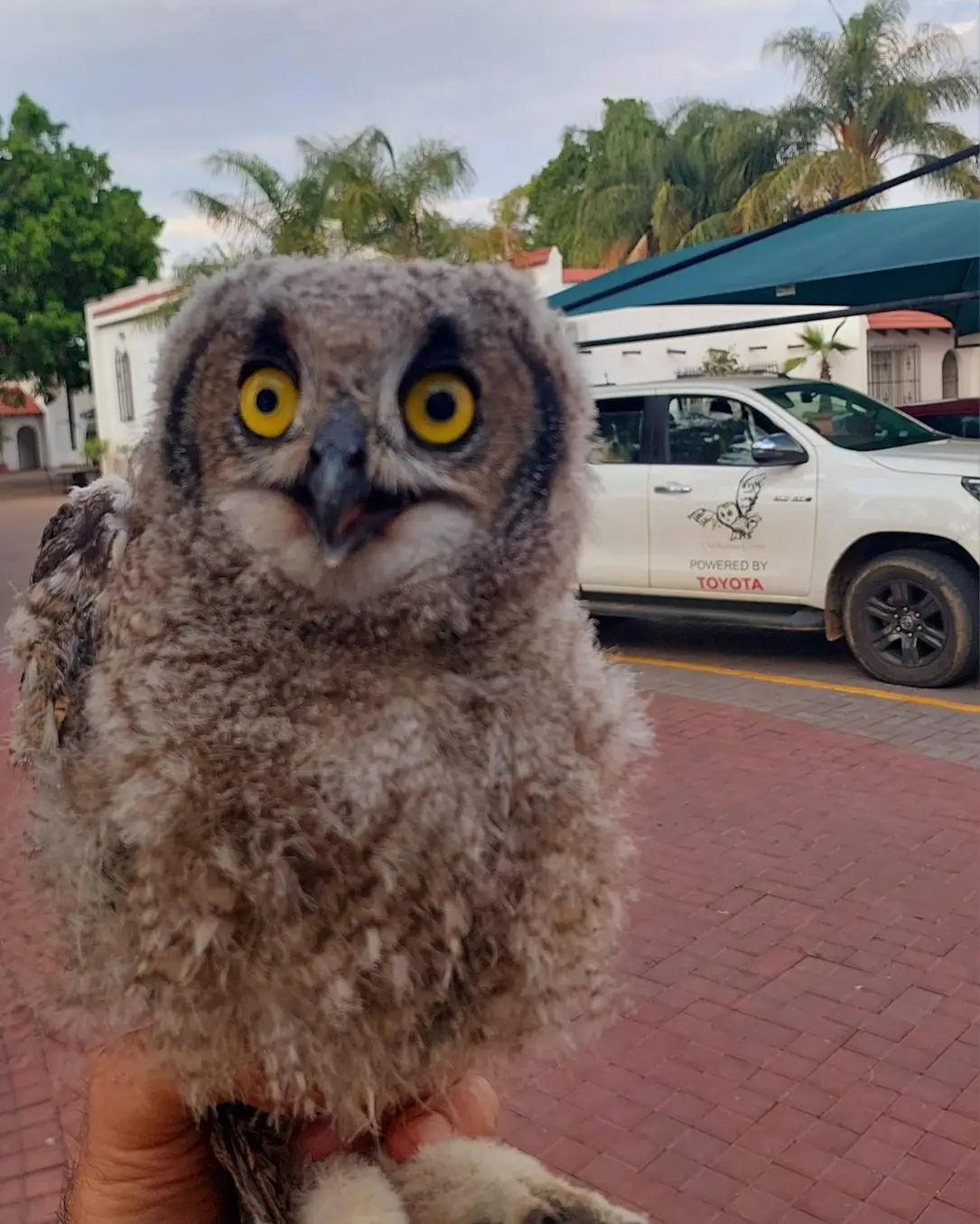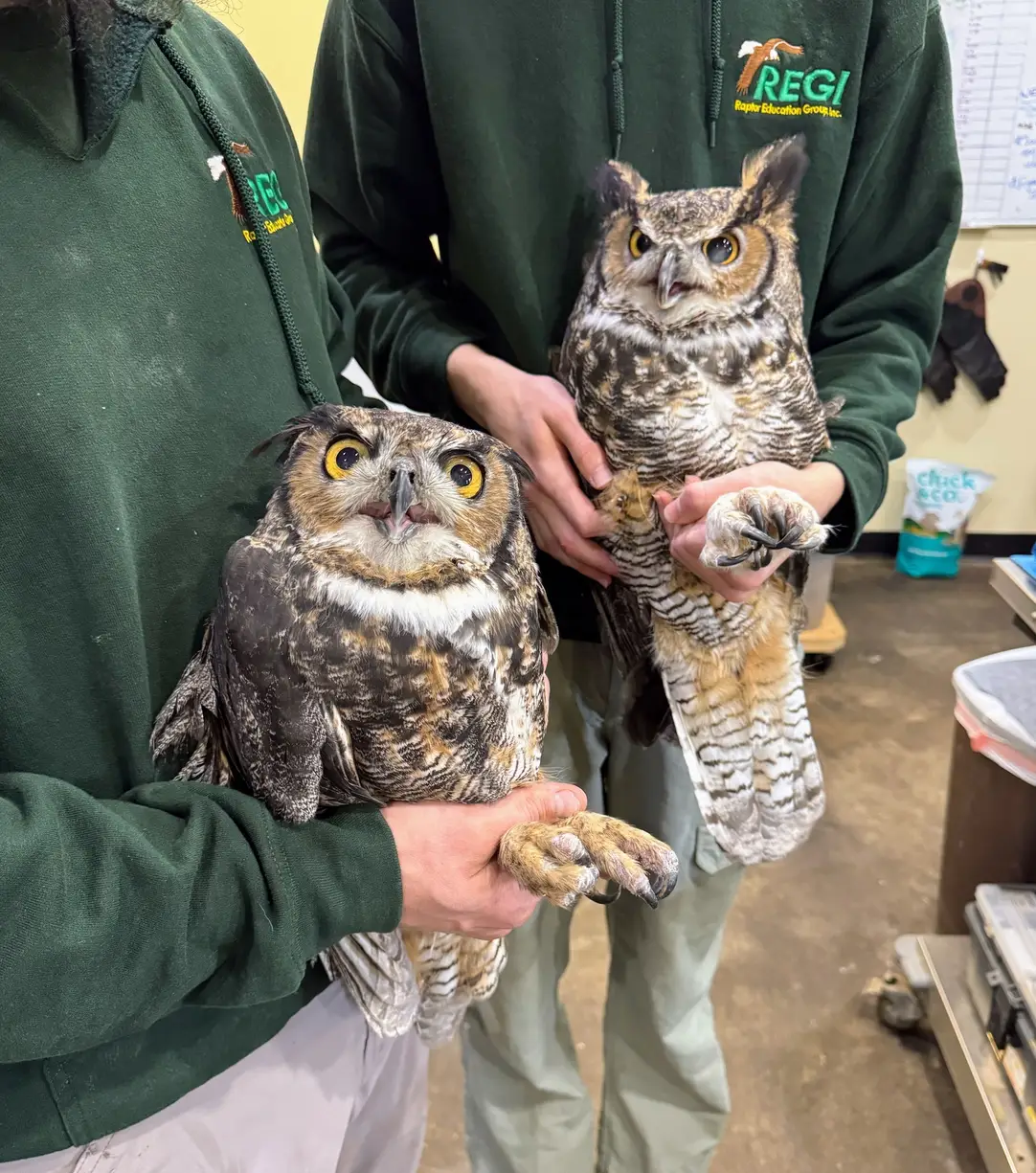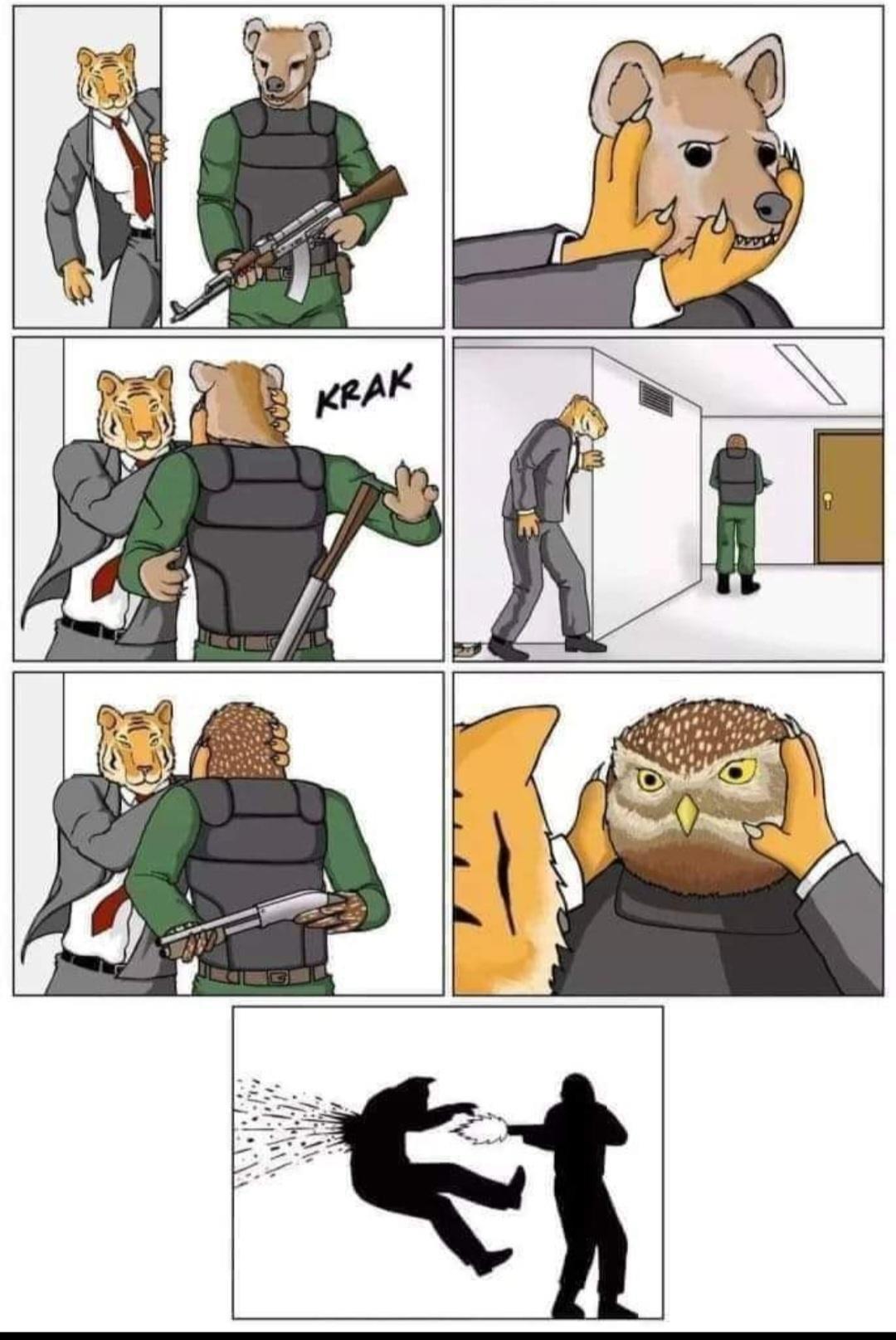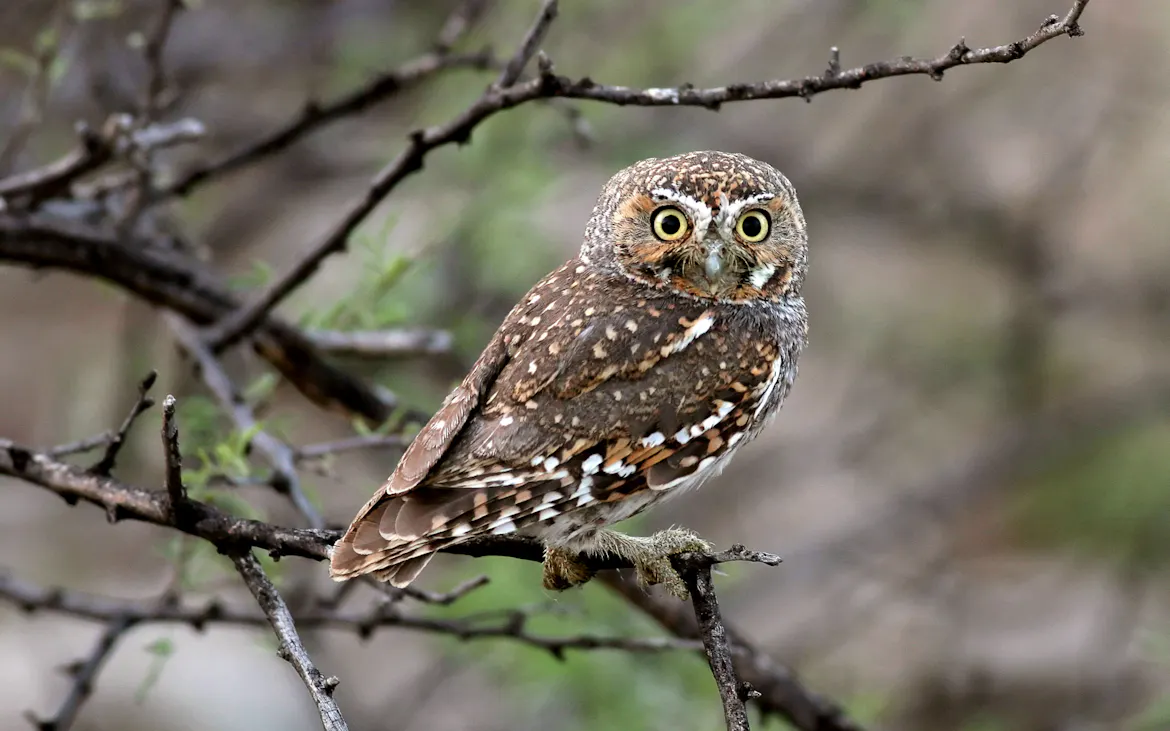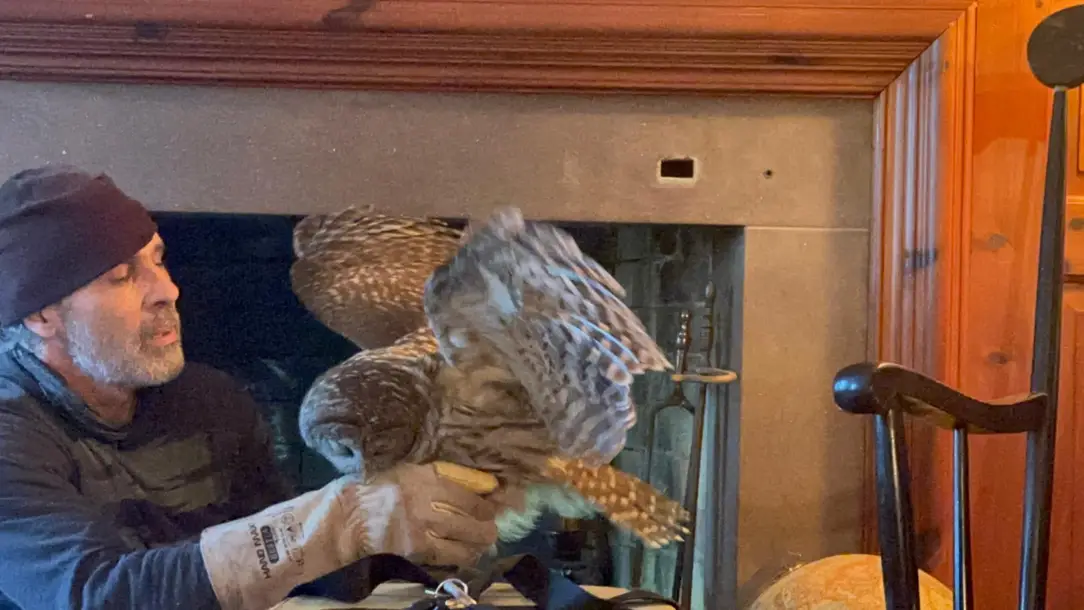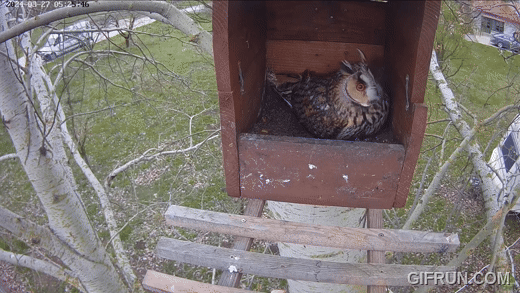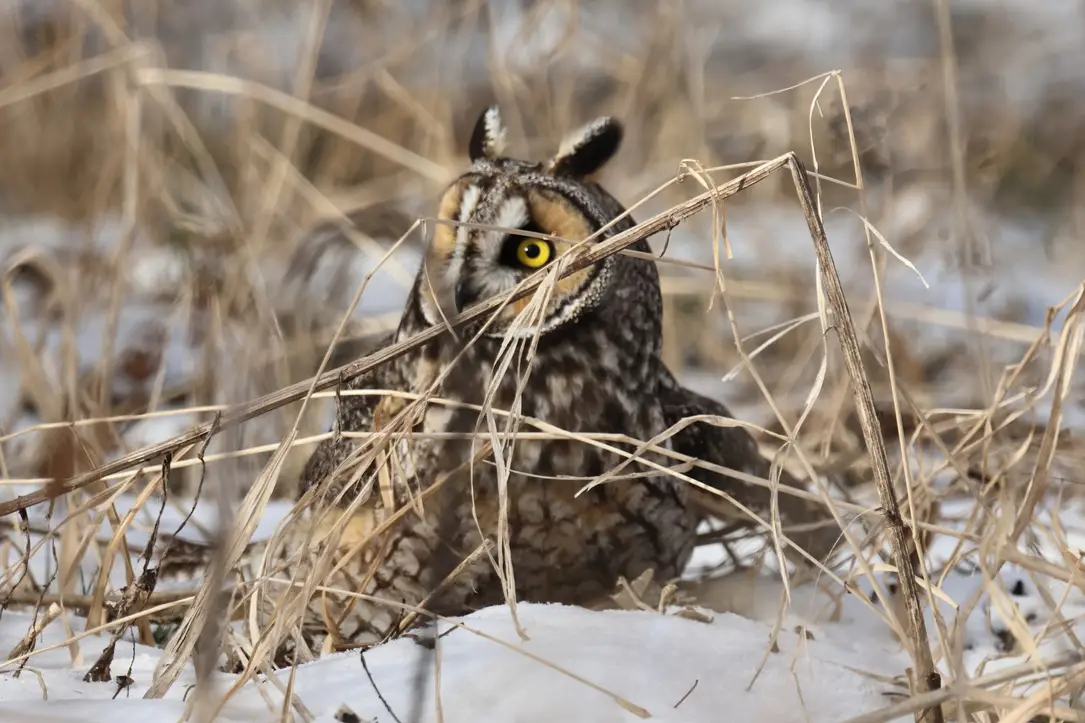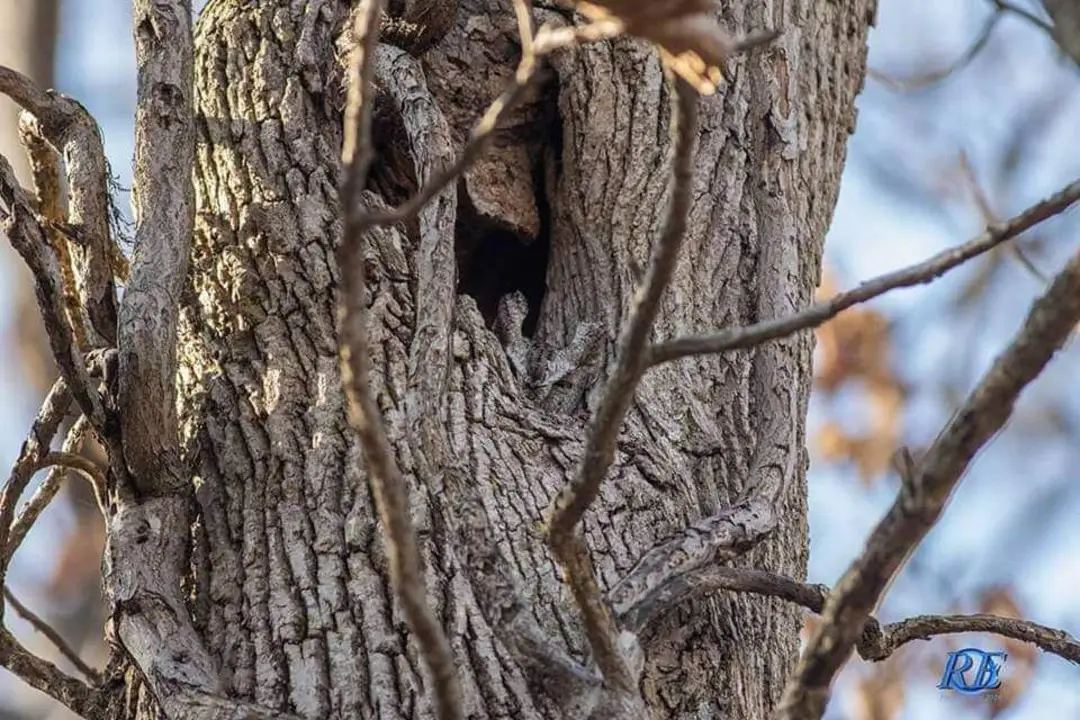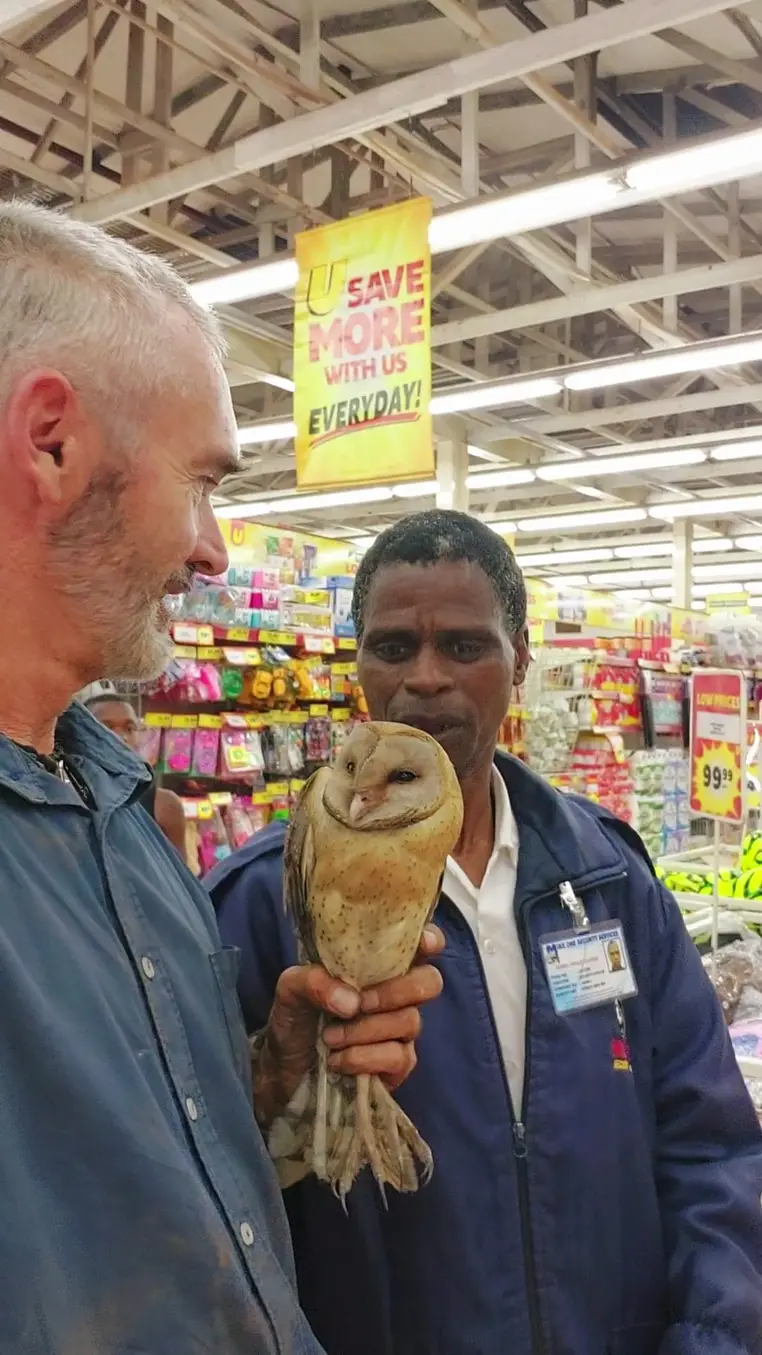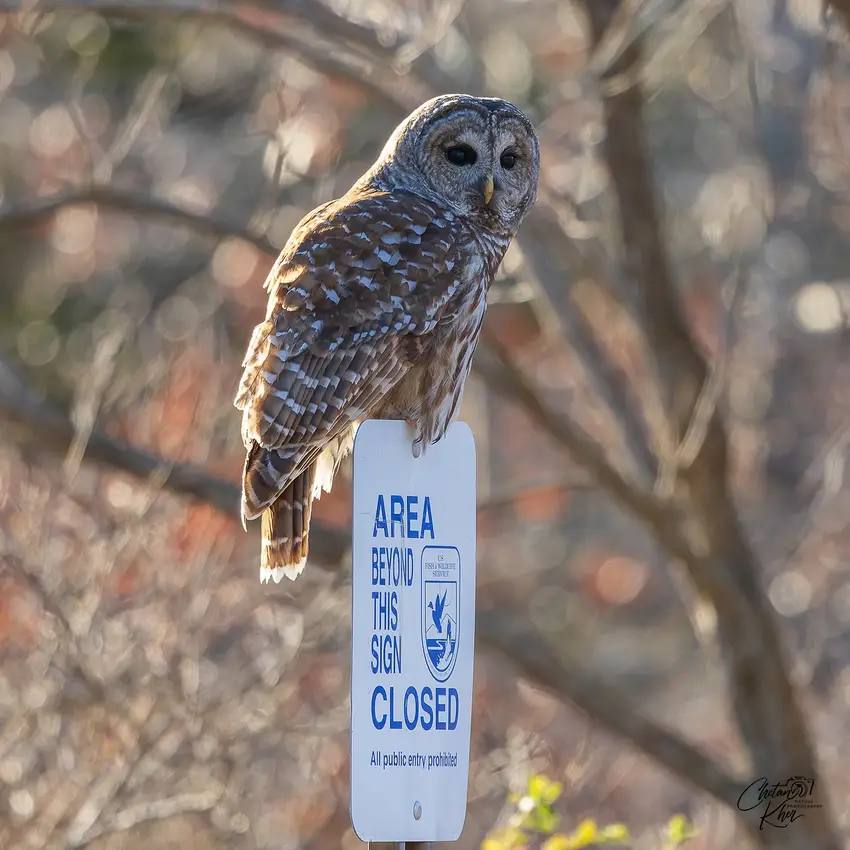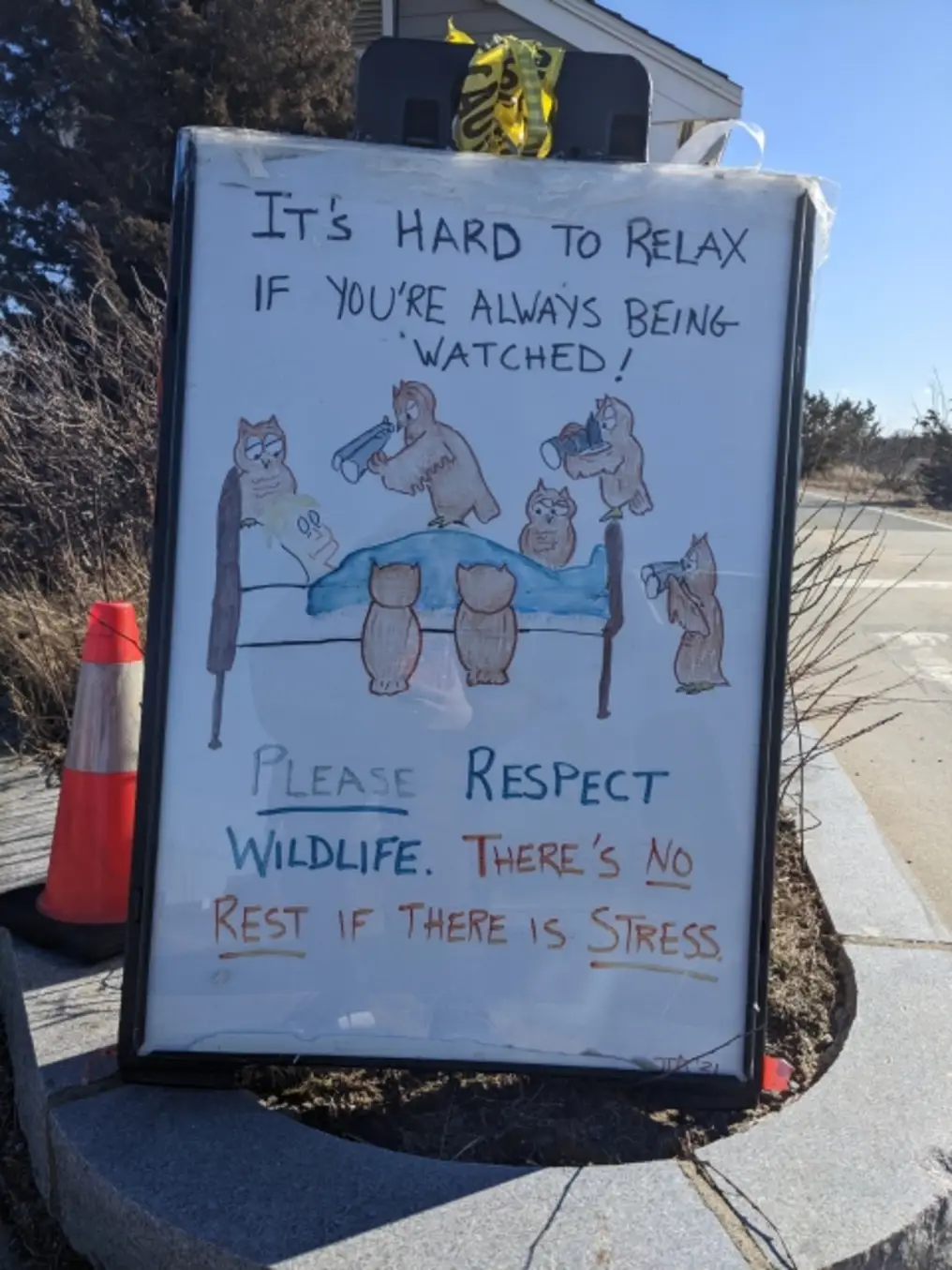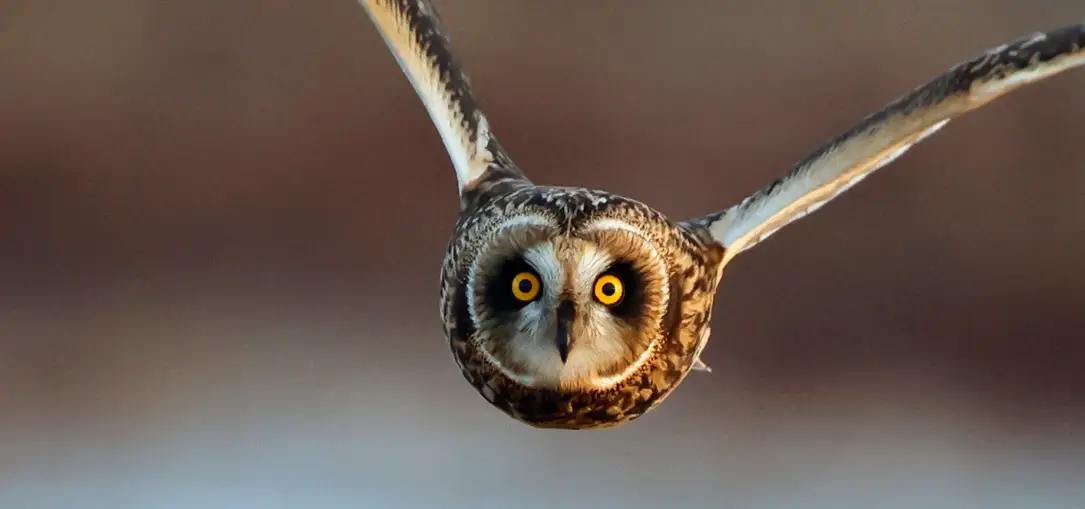Roy Rodriguez has seen hundreds of bird species in his lifetime, but the lead interpreter at the state-run World Birding Center, a collection of nine parks and preserves in Texas’s Rio Grande Valley, still remembers the first time he saw an elf owl.
It was early spring, about 26 years ago, in Bentsen–Rio Grande Valley State Park, southwest of Mission. “I was with a bunch of birders sitting in a circle at dusk, staring at a small hole way up in a tree,” Rodriguez recalls. Their hope was to catch a glimpse of the smallest owl in the world, a puffy, lightly speckled, gray-and-brown bird barely bigger than a house sparrow. “We were getting eaten alive by mosquitoes,” Rodriguez says, “and I was beginning to think somebody was pulling my leg.” After a long wait, their patience paid off. “This nice little round head with huge yellow eyes and frosty eyebrows” appeared in the hole. The owl peered out and did a quick check of lighting conditions. Nope. Not dark enough yet. It vanished and reappeared a couple more times. “Then,” says Rodriguez, the elf owl hopped up on the edge of the hole and seemed to fall almost straight down, before finally spreading its wings and disappearing into the night.
Barely tipping the scales at one and a half ounces in weight and six inches in length—but with an impressive thirteen-and-a-half-inch wingspan—Micrathene whitneyi is a dual citizen of Mexico and the United States. The species’ estimated global population of 150,000 to 190,000 spends the fall and winter in central and southern Mexico as far south as Oaxaca, but some of the adults migrate north in the spring and summer to breed in the American Southwest and northern Mexico. It’s an adaptable critter, getting along in varied climates and terrains. “They can occur all the way from the desert into the foothills and as far up as five thousand feet,” says Barry Zimmer, another elf owl admirer and a longtime group leader for Victor Emanuel Nature Tours. The elf owl is also comfortable in semitropical forests and riparian woodlands. In Texas, it is found sporadically around the southern perimeter of the state, including the Rio Grande Valley and Big Bend.
Like their considerably larger, more fearsome brethren, elf owls are raptors, but instead of wreaking havoc on mammals and birds, they prey on creepy crawlies: beetles, moths, crickets, grasshoppers, scorpions, spiders, and centipedes, plus the occasional small, tasty lizard, snake, or rodent. The animal’s unusual call is often described as a yip or a doglike bark. And again, like its larger cousins, the elf owl has impressive moves. It is a swift, even acrobatic hunter, snatching insects on the wing and diving for them from low perches in the dark of night. The owl’s small size even allows it to nimbly chase down its prey on foot, as well as to hang upside down from foliage and shake it until invertebrates fall out. Another reason it is such an effective hunter—aside from excellent eyesight and hearing—is that its victims never hear it coming. Like most owls, elves have a row of soft, sound-baffling feathers on the leading edge of their wings. Once their prey is secured, they feast, carefully using their beaks to rip off annoying or hazardous parts like stingers and wings. Zimmer, for one, is impressed.“You’ve got this little tiny owl, but he’s out here doing all these big owl things—just on a smaller scale. That’s pretty awesome.”
But securing its next meal is only part of an elf owl’s day. It might also produce the next generation of elf owls. And to accomplish that, an owl father-to-be (males are the designated house hunters) must first secure a nice, snug nest hole. Depending on the terrain and climate, that can be a tree (preferably with one or more woodpecker holes), a utility pole, a saguaro cactus, or even the fat flower stalk of an agave or yucca.
Prefab housing—as in nest boxes—has also proved surprisingly acceptable. Texas Parks & Wildlife naturalist Bonnie McKinney discovered that fact when she put out dozens of tiny owl nest boxes for a study at the Black Gap research station, near Marathon, in the mid-nineties. Occupancy reached 34 percent, and an impressive 97 percent of the hatchlings fledged. If you live in elf owl territory and want to try attracting them to a nest box, check Nestwatch for building instructions. An unobtrusive light in the general vicinity of a nest box can also attract moths for the owls to eat.
Once an elf owl has selected a suitable nest cavity, his next step is finding a mate. And that means some vocal networking. Or, as Rodriguez puts it, “He’s saying, ‘Hey lady, here I am!’ ” He’s also announcing, “This is my territory—keep out!” If a previous mate has happened to come back to the area, the two of them might get back together. Otherwise, he’s got to find a new partner. And that can be a monumental undertaking.
In the three-year study she conducted just outside her house, McKinney had a front-row seat for an avian version of The Bachelor. “The desert was alive,” she wrote in her report, “with the puppy-like continuous yips of the males calling to the females.” As on the reality TV show, courtship could become extremely fraught. She reported watching one male as he flew around in a frenzy, entering the nest box, and then leaving. “The male’s excited yips increased in volume to a frantic pitch” when a female came close. Once things began to get serious, his calls changed tone, to a soft “churr” sound. She answered with a high-pitched “phew.” Around daylight, the scientist reported, the presumably besotted couple “disappeared into a nearby tree.”
Once the knot is tied, the female owl moves in and begins to roost in the nest, and the male becomes her chief caregiver, bringing her food many times a night. Over a period of several days, she lays between one and five small round eggs. She might leave the nest to fly around a little at dusk and dawn to stretch her wings, but otherwise both owls stay quiet, because the last thing they want to do is attract attention from potential predators, such as larger raptors.
No matter how silent they try to be, though, it’s pretty hard to avoid unwanted attention for the 24-day incubation period and the subsequent 28 to 32 days it takes for the young birds to fledge. Rodriguez tells the story of a group of birders who were watching an owl hole when, to their horror, a large snake started up the tree. The parent birds immediately sprang into action, “dive-bombing, grabbing the snake with their talons, pecking it with their beaks.” But they were helpless to stop the reptile. It entered the hole and when it came out, Rodriguez says, “it was fatter than when it went in.”
Snakes and other predators notwithstanding, elf owls as a species are not under immediate threat, although the American Bird Conservancy describes the population as decreasing, and it is listed as endangered in California. As with many birds and other animals, spreading cities and farmland pose the greatest danger to their wild habitat.
If the bad news is that nature does not play favorites, the good news is that the young owls that do survive grow up fast, soon looking like small carbon copies of the adults. By the time they are a few months old, they will be ready to make the flight to Mexico for the winter. There they will hang out and grow into sexual maturity. Then, sometime in February or March, when the sun signals that the season is just right, they will spread their wings and head north to find a mate and start the cycle all over again.
